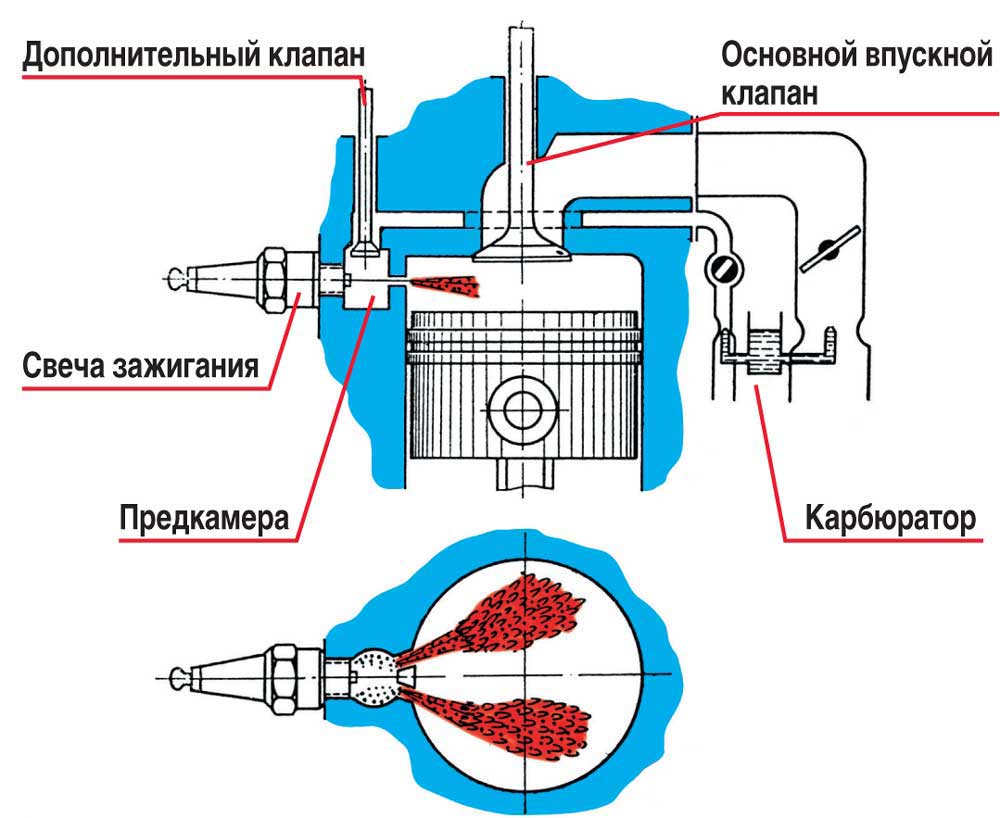
Gasoline with direct injection
 More and more cars in our market have gasoline engines with direct fuel injection. Are they worth buying?
More and more cars in our market have gasoline engines with direct fuel injection. Are they worth buying?
Engines with direct injection of gasoline should be more economical than the current ones. Theoretically, the savings in fuel consumption should be about 10%. For automakers, this is an important aspect, and almost everyone is doing research with such powertrains.
The Volkswagen concern was most engaged in direct injection, mainly replacing traditional engines with direct injection units, called FSI. In our market, FSI engines can be found in Skoda, Volkswagen, Audi and Seats. Alfa Romeo describes engines such as the JTS, which are also available from us. Such power units  also offers Toyota and Lexus.
also offers Toyota and Lexus.
The idea of gasoline direct injection is to create a mixture directly in the combustion chamber. To do this, an electromagnetic injector is placed in the combustion chamber, and only air is supplied through the intake valve. Fuel is injected under high pressure from 50 to 120 bar, created by a special pump.
Depending on the degree of engine load, it operates in one of two modes of operation. Under light load, such as idling or driving at a constant speed on a smooth, level surface, a lean stratified mixture is fed into it. There is less fuel on a lean mixture, and this is all the declared savings.
However, when operating at a higher load (eg, accelerating, driving uphill, towing a trailer), and even at speeds above about 3000 rpm, the engine burns the stoichiometric mixture, as in a conventional engine.
We checked how it looks in practice driving a VW Golf with a 1,6 FSI engine with 115 hp. When driving on the highway with a small load on the engine, the car consumed about 5,5 liters of gasoline per 100 km. When driving dynamically on a "normal" road, overtaking trucks and slower cars, the Golf consumed about 10 liters per 100 km. When we returned in the same car, we drove quietly, consuming an average of 5,8 liters per 100 km.
We got similar results driving Skoda Octavia and Toyota Avensis.
Driving technique plays a key role in the fuel consumption of a gasoline direct injection engine. This is where lean driving is crucial. Drivers who prefer an aggressive driving style will not benefit from the economical mode of engine operation. In this situation, it may be better to buy a cheaper, traditional one.
